Windows 10 Reset vs Clean Install
Should I Reset or Clean Install Windows 10?
"I have upgraded my laptop from Windows 7 to Windows 10. But now it cannot work smoothly as it used to be. So, I would like to get a fresh system to get better performance. Should I just reset Windows 10 or do a clean install?"
In case that Windows 10 fails to work due to problems caused by system file corruption or malware, Microsoft offers two ways: reset Windows 10 or do a clean install to fix the problem. When coming here, many users may ask if the System Reset works the same as a clean install. In the next part, we will talk about what is the difference between the two.
Differences between Windows 10 Reset and Clean Install
At most times, users will not see any difference between Windows 10 reset and clean install. Here we list the features of these two options to help you have a better understanding of these two patterns. And you can decide which one to choose.
Windows 10 Reset - Reinstall Windows 10 by restoring to the factory default configuration from the recovery image created when you first installed Windows on your computer. It helps to fix most of the common OS issues and doesn't require an internet connection to work. And it has no effect on your personal files and data. But sometimes, it would fail and report a "there was a problem resetting your PC" error.
Clean Install - Reinstall Windows 10 by downloading and burning the latest Windows installation files from Microsoft on a USB. It offers users a fresh system without any hidden problems or corruption. And as the name implies, a clean install will remove all apps that do not come standard with Windows, including other Microsoft apps such as Office. It will also remove most apps installed by your PC's manufacturer, such as your manufacturer's apps, support apps, and drivers.
In summary, Windows 10 Reset is more likely to be a basic troubleshooting method, while a Clean Install is an advanced solution for more complex problems. If you don't know which method to apply, first have a try on Windows Reset, if it doesn't help, fully backup your computer data, and then perform a Clean Install.
How to Make A Windows 10 Reset
In this part, we will tell you the detailed steps, which are approved by Microsoft's official support of making a Windows Reset.
Step 1. Type "Settings" and click the best match to enter Windows Settings.
Step 2. Click "Update & Security".
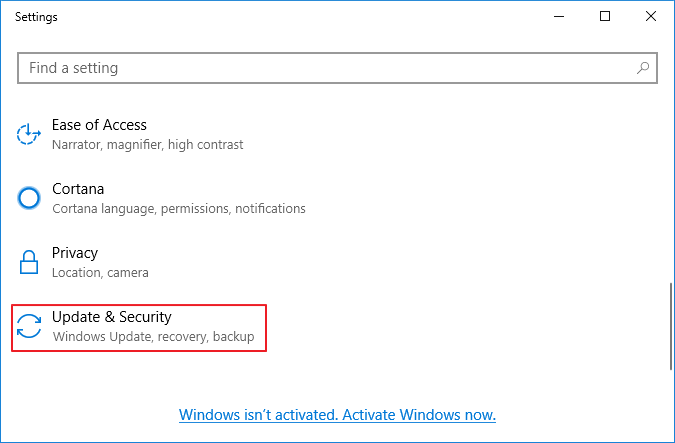
Step 3. Find and choose "Recovery".
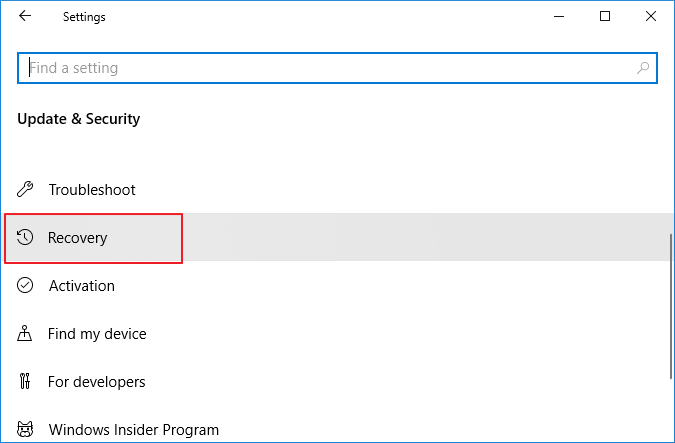
Step 4. There are two ways. The first one - Reset this PC, is used to refresh your computer when it isn't running well. Click "Get Started" to start.
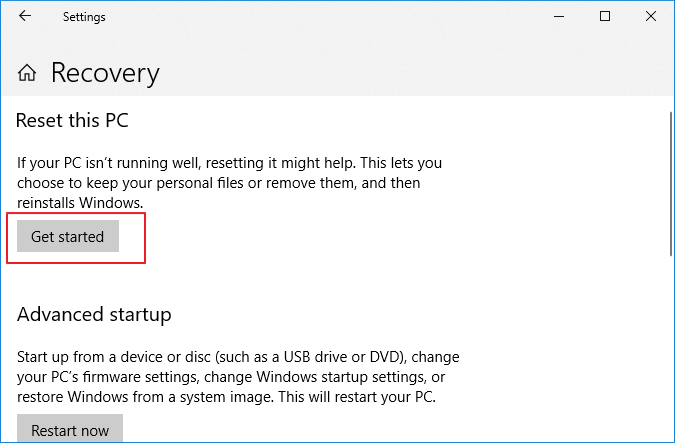
Step 5. Then Windows gives you two options, choose the first one to remove all the apps and settings, but keeps your personal files.
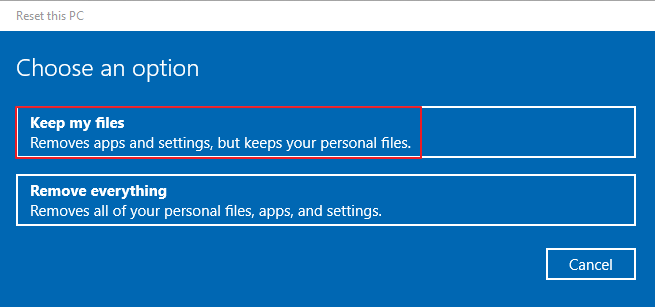
How to Clean Install Windows 10
If resetting Windows 10 can't solve your problem, you might need to have a clean installation. Once again, this method will remove all your apps, personal files and data. If you want to apply this method, we strongly recommend you make a full backup first.
Backup files before Windows 10 clean install
Both Windows 10 reset and clean install will erase all your installed programs and their settings. To keep all the data and applications, download Qiling backup software to create a backup image.
Step 1: Open Qiling Backup and select "File backup" as the backup mode.
You may have a large amount of vital data to be protected as time goes on, such as documents, pictures, music, and videos, etc. It is always a good habit to have a backup on a regular basis. File Backup is one of the best choices for you to get over unexpected data loss.
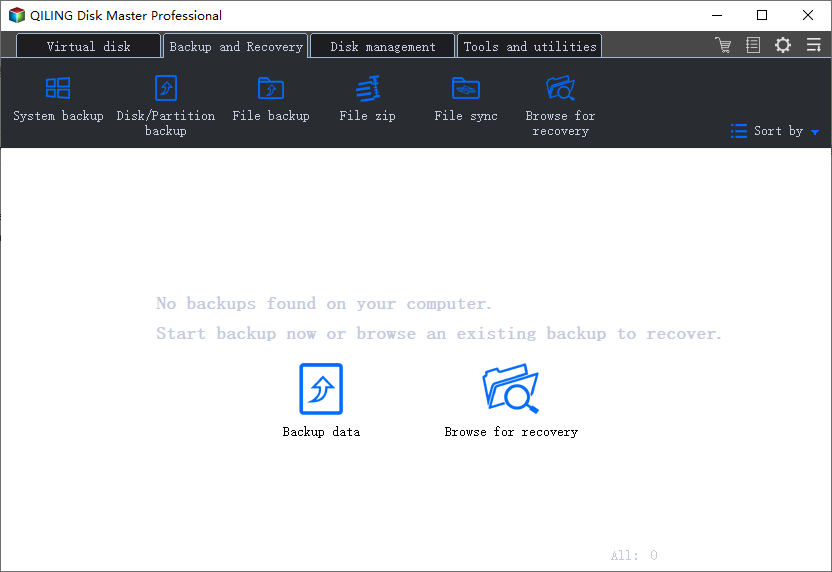
Step 2: Select the files that you want to back up.
Tick the option at the top left corner named User Defined, you can browse to back up one or some specific file types on your computer or external storage device.
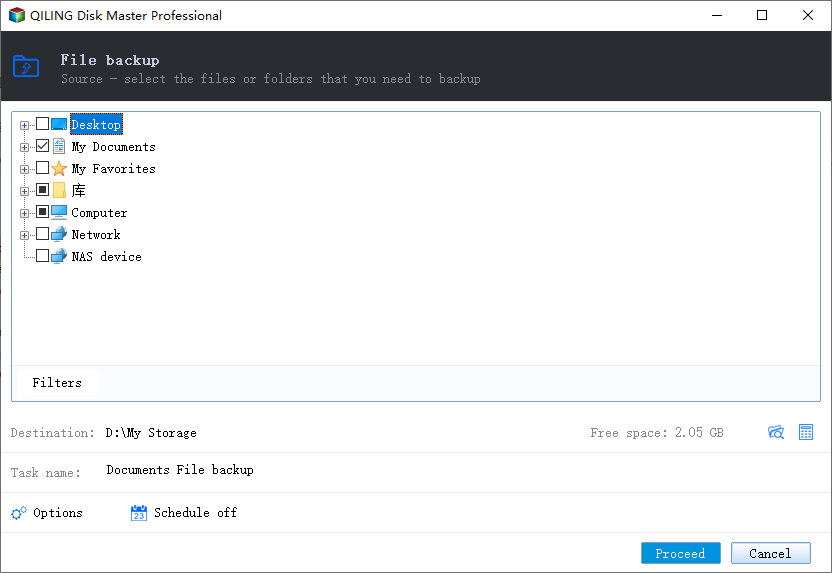
Step 3: Select a destination to save your backup file.
You'd better create the backup file in some other storage media or in some other drive. If not, there may be a risk of the backup file getting corrupted or destroyed.
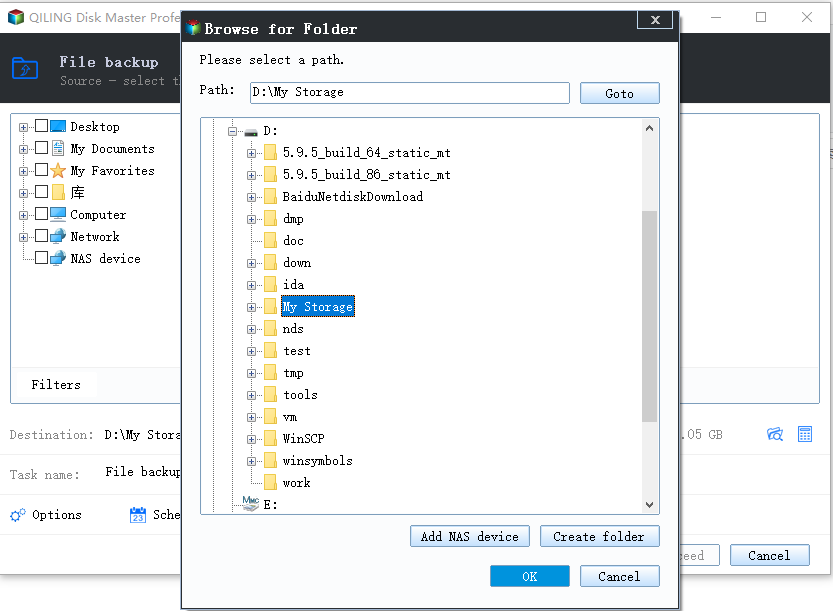
Step 4: Click "Proceed" to execute your operation.
Steps to make a clean install
Step 1. Download the Refresh Windows Tool from Microsoft: Download from Here.
Step 2. Launch the tool. Review and Accept the Licence Terms.
Step 3. Choose the Keep personal files only option or if you want to remove everything, choose the Nothing option.
Step 4. Select the "OK" button to start the installation. The rest of the process will be automatic, but if you need to, you can postpone it until your PC reboots.
Related Articles
- How to Backup SD Card Before Formatting [2021 Updated]
- How to Move Windows 8/8.1 to SSD Without Reinstalling Windows and Applications
- Create Bootable USB Without Any Software Using CMD
- 2021 Complete Guide: How to Boot from SSD After Cloning
- Upgrade 32 Bit to 64 Bit in Windows 10 Without Losing Data